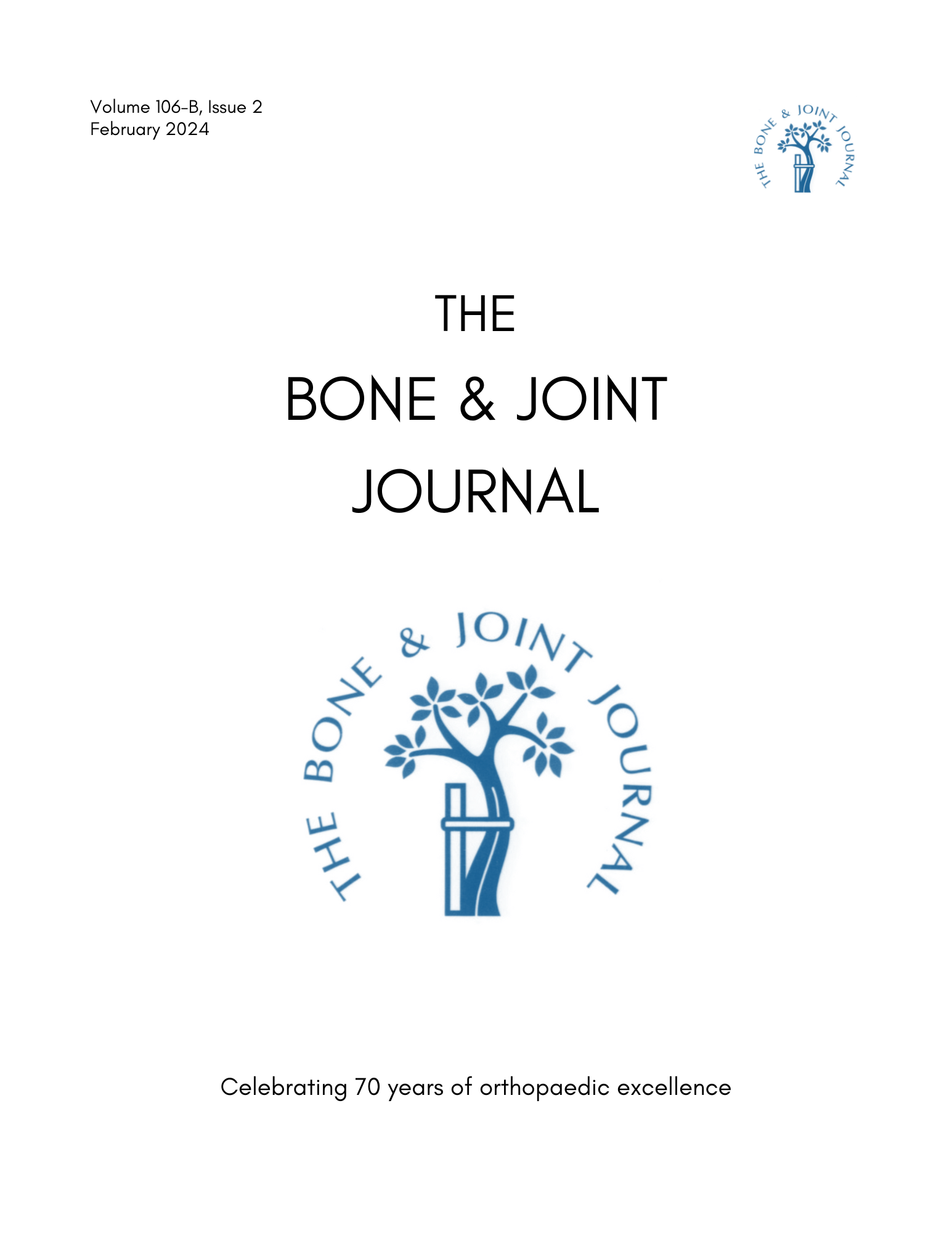
Total hip replacement and hemiarthroplasty in patients with femoral neck fractures

Total hip replacement and hemiarthroplasty in patients with femoral neck fractures
Total hip replacement and hemiarthroplasty in mobile, independent patients with a displaced intracapsular fracture of the femoral neck: A seven-ten-year follow-up report of a prospective randomised controlled trial
Journal of Bone and Joint Surgery BR; 2011; 93(B); 1045-1048Did you know you're eligible to earn 0.5 CME credits for reading this report? Click Here
Synopsis
81 elderly patients with displaced intracapsular fractures of the femoral neck were randomized to receive treatment based upon either total hip replacement (THR) or hemiarthroplasty (HA). The results of the 10 year study indicated that patients of the THR group were found to walk further and had better outcomes in comparison to patients who underwent HA; this difference was not significant. Howeve...
To view the full content, login to your account,
or start your 30-day FREE Trial today.
FREE TRIAL
LOGIN
Forgot Password?
Explore some of our unlocked ACE Reports below!

Learn about our AI Driven
High Impact Search Feature
Our AI driven High Impact metric calculates the impact an article will have by considering both the publishing journal and the content of the article itself. Built using the latest advances in natural language processing, OE High Impact predicts an article’s future number of citations better than impact factor alone.
Continue



 LOGIN
LOGIN

Join the Conversation
Please Login or Join to leave comments.